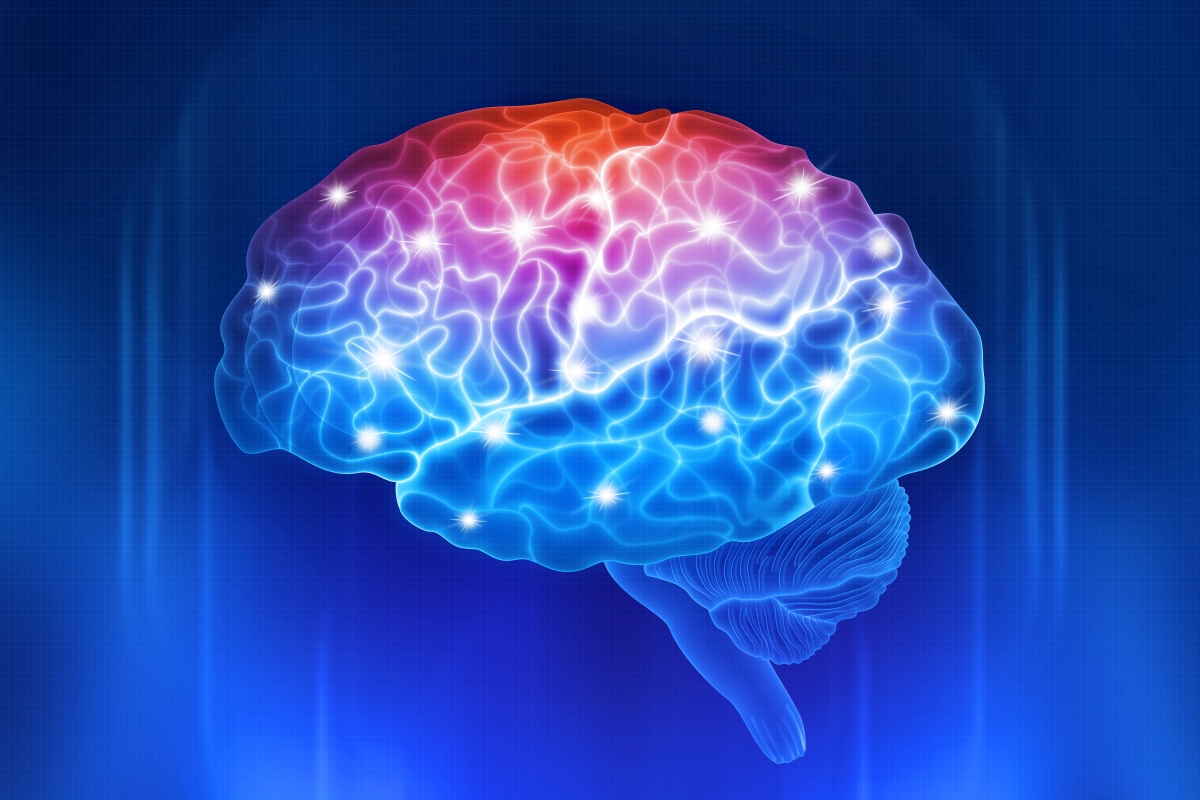Neurotensin neurons in the extended amygdala control dietary choice and energy homeostasis
Several drivers of sedentary behavior and overeating are implicated in the pathology of obesity, a metabolic pandemic related to several chronic and serious diseases across the world. Save for our understanding of genetic conditions related to obesity, the evidence regarding these important drivers remains insufficient. In this study by Furlan et al. (2022), the authors demonstrate the role played by the central nervous system in guiding dietary preferences toward energy-dense food in mice. In particular, this role is performed by the interstitial nucleus of the posterior limb of the anterior commisurate’s (IPAC) neurotensin-expressing neurons. The authors demonstrated that the specific activation of the IPACNts enhanced preference for energy-dense food, hedonic eating, and obesity, while deactivation of the IPACNts promoted anti-obesity behaviors (reduction of hedonic eating and overall feeding). Furthermore, the continued suppression of IPACNts sustained these anti-obesity behaviors and enhanced energy expenditure and locomotion, leading to enhanced metabolic health, long-term weight loss, and a reduction in the odds of suffering from obesity. The authors highlight that their findings can present a new therapeutic target for combating obesity, as seen in the role played by IPAC neurons in stimulating and inhibiting obesogenic behavioral patterns and energy homeostasis. [NPID: Mice, energy metabolism, homeostasis, neurons, obesity]
Year: 2022
 Navigation
Navigation






